This article was co-authored by Ashley Mak, DPT. Ashley Mak is a Physical Therapist and the Owner of Ashley Mak Performance and Rehabilitation, his physical therapy business based in Hoboken, New Jersey. He is also the CEO of Hudson River Fitness and an Adjunct Professor at Kean University. With over seven years of physical therapy experience, Ashley specializes in both pain management and maximizing physical performance. He received his BA in Biology from Villanova University in 2010 and his Doctorate in Physical Therapy (DPT) from Thomas Jefferson University in 2012.
There are 10 references cited in this article, which can be found at the bottom of the page.
This article has been viewed 34,604 times.
Tightness and pain in your hips are no fun at all, especially when you’re trying to sleep. Muscle pain tends to get worse at night, which can keep you up and feeling drained throughout the day. Luckily, you don’t have to put up with this! There are lots of simple things you can do at home to sleep more comfortably and loosen up your hip flexors. With the right steps, you should be sleeping through the night in no time.
Steps
Best Sleeping Positions
-
1Try sleeping on your side with a pillow between your knees. If you’re a side sleeper, then you're in luck, because side sleeping is one of the better positions for hip pain. Pick the side that hurts less and lay on that one. Then place a pillow between your knees to support your hips.[1]
- If you often turn over at night, try placing another pillow behind your back to keep you on your comfortable side.
-
2Sleep on your back with a pillow under your knees if that's more comfortable. Lying flat on your back isn't great for back pain, but if you're a back sleeper, you can make it work by propping your knees up with a pillow.[2] Lay back, bend your legs, and place a pillow under your knees. This relieves pressure and should make you more comfortable.[3]
- Instead of a regular pillow, you might find a foam block more supportive.
- Once you find a comfortable position, try surrounding yourself with pillows. That can help keep you secure in your spot, even if you move in your sleep.[4]
Advertisement -
3Avoid sleeping on your stomach if possible. Sleeping on your stomach is a bad position for back and hip pain. It pulls your spine out of alignment and can make pain worse. If you can avoid it, try not to sleep on your stomach.[5]
- If you do sleep on your stomach, place a flat pillow under your stomach and pelvis. Also use a flat pillow for your head, or don’t use one at all so your neck stays straight.
Sleeping Tips
-
1Practice good sleep hygiene to get ready for bed. This isn’t directly related to your hip pain, but it’s an important way to get a good night’s sleep.[6] For at least 30 minutes before bedtime, focus on relaxing and winding down. Do quiet activities like reading, taking a bath, or stretching.[7] This way, you’ll find it much easier to fall asleep, even with your pain.
- Turn off your computer, TV, and phone an hour before bed. The light from the screens can stimulate your brain and keep you awake.
- Keeping a consistent schedule also helps you sleep better. Try to get up and go to bed at the same time each day.
- Make sure your room is dark, quiet, and cool as well. This is the best environment for sleep.
-
2Take a slow-acting pain reliever before bed. If your pain wakes you up at night, then pain relievers can help. Take a long-lasting anti-inflammatory before bed, like naproxen. This helps ease the pain throughout the night so you can sleep comfortably.[8]
- Always follow the dosing instructions when you take medication, and never take more than you’re supposed to without your doctor’s orders.
- Other pain relievers like ibuprofen and acetaminophen can also treat your pain, but they don’t last as long. You might wake up in pain during the night.
- Anti-inflammatory medications like ibuprofen, aspirin, and naproxen are best because they help muscle strains heal in addition to treating the pain.[9]
-
3Ice your hip throughout the day to reduce pain. If your hip flexors are strained, then you probably have some inflammation in your tendons and muscles. This can be very uncomfortable. To reduce the inflammation, wrap an ice pack in a towel and hold it against your hips for 20 minutes at a time. Repeat this every 3-4 hours for 3 days to see if it reduces your pain at night.[10]
- Never apply ice directly to your skin without wrapping it in a towel first. This can cause frostbite.
-
4Use heat instead of ice for dull, stiff pain. If your pain is from an older injury or overuse rather than inflammation, then heat is a better choice than ice. Use a heating pad or a towel soaked in warm water and hold it against your hips for 15-20 minutes. This can loosen your muscles and relieve your pain.[11]
- If you have an injury that's less than 48 hours old, then use ice instead of heat.
- Always test the heating pad to make sure it's not too hot before using it.
-
5Try getting a firmer mattress for more support. Sometimes, a new mattress can make a big difference. If your mattress is old and sagging, then a new, firm one can provide more support for your joints and hips.[12] This might help you sleep easier.
- If you want a bit more cushion, use a foam pad on top of the mattress to distribute your weight evenly.
- Remember that a new mattress can make you a lot more comfortable, but it doesn’t actually treat your sore muscles.
Physical Remedies
-
1Stretch your hip flexors every day. If your hip flexors are tight, then stretching them is the best way to fix that. There are all kinds of hip flexor stretches, so incorporate some of them into your daily schedule.
- For an easy hip stretch, place a folded towel on the ground and kneel onto it with your right knee, and place your left foot in front of you in a lunge position. Lean forward to put more weight on your left foot to stretch your right hip flexor. Hold this for 30 seconds, then repeat it for the other side.[13]
- A butterfly stretch is another easy one. Sit on the ground and put the soles of your feet together in front of you. Keep your back straight and relax your legs so your knees sink towards the floor. Hold this pose for 15-30 seconds.[14]
-
2Stay active with low-impact exercises. While you might feel sore, staying still can actually make your muscles tighter. Keep yourself active with low-impact exercises like walking, biking, or swimming. These help loosen your hips without putting too much stress on them.[15]
- Staying active can also help you sleep better when you’re not in pain. It’s an overall good habit.
- If any exercises do cause pain, stop right away. You could cause more damage if you push too hard.[16]
-
3Get up and walk if you’ve been sitting for a long time. It’s normal if you have to stay seated for a long time at work. However, long sitting periods could tighten and strain your muscles. Every 15-20 minutes, get up and move around a bit to loosen your muscles and prevent tightness.[17]
-
4Complete a round of physical therapy for severe pain. If you have a muscle strain in your hip flexors, then home care might not be enough. Luckily, physical therapy can get you back to normal. When you attend your appointments, the therapist will show you stretches and exercises to strengthen your hip flexors, and might massage or manipulate your muscles to loosen them up. Complete all of your appointments to get your hip flexors back into shape.[18]
- The therapist will probably give you a list of exercises to do at home. Make sure you follow all their instructions and stay consistent with these exercises for a quick recovery.
- You may need a referral or prescription for physical therapy, so visit your regular doctor first.
Expert Q&A
Did you know you can get expert answers for this article?
Unlock expert answers by supporting wikiHow
-
QuestionWhy do my hip flexors hurt at night?
 Ashley Mak, DPTAshley Mak is a Physical Therapist and the Owner of Ashley Mak Performance and Rehabilitation, his physical therapy business based in Hoboken, New Jersey. He is also the CEO of Hudson River Fitness and an Adjunct Professor at Kean University. With over seven years of physical therapy experience, Ashley specializes in both pain management and maximizing physical performance. He received his BA in Biology from Villanova University in 2010 and his Doctorate in Physical Therapy (DPT) from Thomas Jefferson University in 2012.
Ashley Mak, DPTAshley Mak is a Physical Therapist and the Owner of Ashley Mak Performance and Rehabilitation, his physical therapy business based in Hoboken, New Jersey. He is also the CEO of Hudson River Fitness and an Adjunct Professor at Kean University. With over seven years of physical therapy experience, Ashley specializes in both pain management and maximizing physical performance. He received his BA in Biology from Villanova University in 2010 and his Doctorate in Physical Therapy (DPT) from Thomas Jefferson University in 2012.
Physical Therapist
-
QuestionHow do I sleep when I'm in pain?
 Ashley Mak, DPTAshley Mak is a Physical Therapist and the Owner of Ashley Mak Performance and Rehabilitation, his physical therapy business based in Hoboken, New Jersey. He is also the CEO of Hudson River Fitness and an Adjunct Professor at Kean University. With over seven years of physical therapy experience, Ashley specializes in both pain management and maximizing physical performance. He received his BA in Biology from Villanova University in 2010 and his Doctorate in Physical Therapy (DPT) from Thomas Jefferson University in 2012.
Ashley Mak, DPTAshley Mak is a Physical Therapist and the Owner of Ashley Mak Performance and Rehabilitation, his physical therapy business based in Hoboken, New Jersey. He is also the CEO of Hudson River Fitness and an Adjunct Professor at Kean University. With over seven years of physical therapy experience, Ashley specializes in both pain management and maximizing physical performance. He received his BA in Biology from Villanova University in 2010 and his Doctorate in Physical Therapy (DPT) from Thomas Jefferson University in 2012.
Physical Therapist The biggest thing is trying to find a position that's going to make you comfortable. That might be laying flat on your back, on your side, or on your stomach. Once you find that position, create a pillow barrier so you'll stay in that specific position all night. That way, you won't accidentally move in your sleep and wake up due to pain.
The biggest thing is trying to find a position that's going to make you comfortable. That might be laying flat on your back, on your side, or on your stomach. Once you find that position, create a pillow barrier so you'll stay in that specific position all night. That way, you won't accidentally move in your sleep and wake up due to pain.
Warnings
- It might be tempting to use sleep aids to get to sleep, but try to avoid this. Sleep aids are habit-forming and you could end up dependent on them. Ask your doctor before taking any sleeping medications.[19]⧼thumbs_response⧽
References
- ↑ https://health.clevelandclinic.org/how-to-keep-sore-hips-knees-shoulders-from-ruining-your-sleep/
- ↑ https://health.clevelandclinic.org/how-to-keep-sore-hips-knees-shoulders-from-ruining-your-sleep/
- ↑ https://rangeofmotion.net.au/sleeping-posture/
- ↑ Ashley Mak, DPT. Physical Therapist. Expert Interview. 3 March 2020.
- ↑ https://www.urmc.rochester.edu/encyclopedia/content.aspx?ContentTypeID=1&ContentID=4460
- ↑ https://health.clevelandclinic.org/how-to-keep-sore-hips-knees-shoulders-from-ruining-your-sleep/
- ↑ https://www.sleepfoundation.org/articles/sleep-hygiene
- ↑ https://health.clevelandclinic.org/how-to-keep-sore-hips-knees-shoulders-from-ruining-your-sleep/
- ↑ https://medlineplus.gov/ency/patientinstructions/000682.htm
- ↑ https://medlineplus.gov/ency/patientinstructions/000682.htm
- ↑ https://www.hopkinsmedicine.org/health/treatment-tests-and-therapies/ice-packs-vs-warm-compresses-for-pain
- ↑ https://health.clevelandclinic.org/how-to-keep-sore-hips-knees-shoulders-from-ruining-your-sleep/
- ↑ https://evofitness.ch/hip-flexor-stretch/
- ↑ https://www.sports-health.com/treatment/hip-injury-treatment/hip-flexor-stretches
- ↑ https://health.clevelandclinic.org/how-to-keep-sore-hips-knees-shoulders-from-ruining-your-sleep/
- ↑ https://medlineplus.gov/ency/patientinstructions/000682.htm
- ↑ http://spinalcare.com/self-care-for-tight-hip-flexors-part-1/
- ↑ https://medlineplus.gov/ency/patientinstructions/000682.htm
- ↑ https://health.clevelandclinic.org/how-to-keep-sore-hips-knees-shoulders-from-ruining-your-sleep/





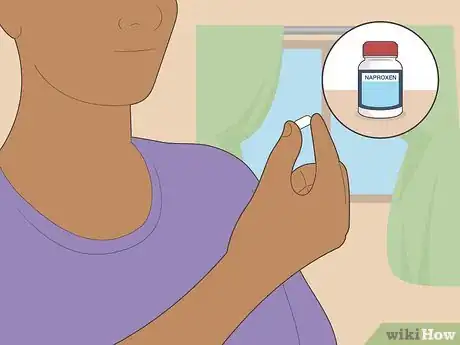
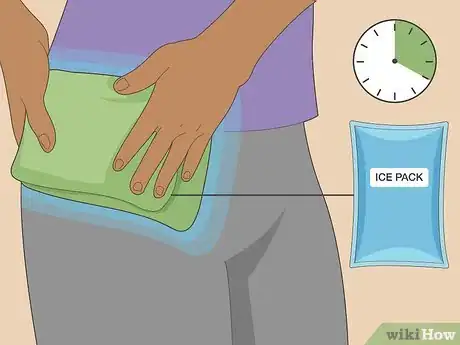
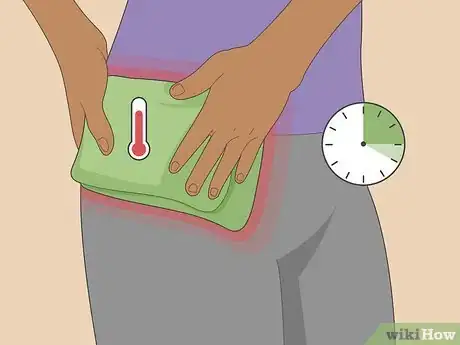





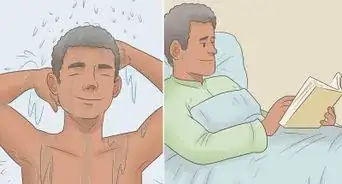
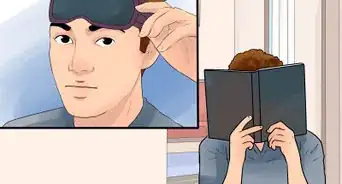
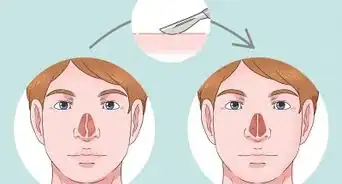
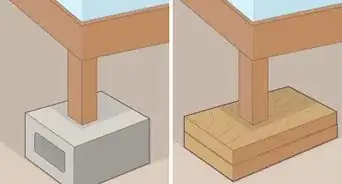
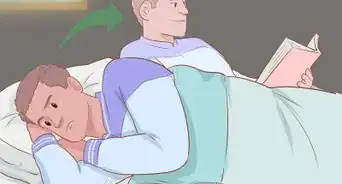
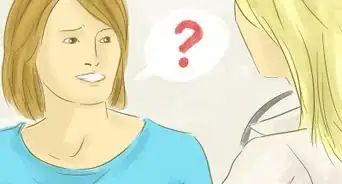
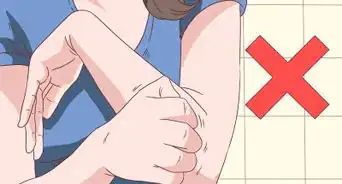
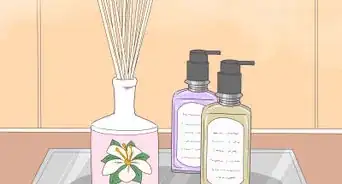

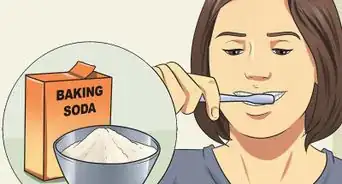

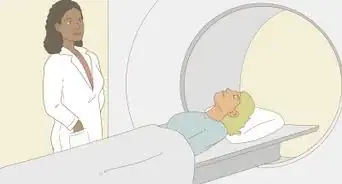

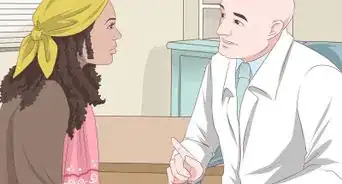






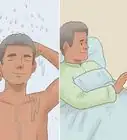
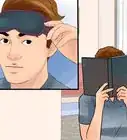
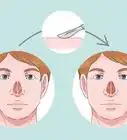
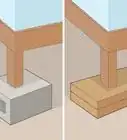



































Medical Disclaimer
The content of this article is not intended to be a substitute for professional medical advice, examination, diagnosis, or treatment. You should always contact your doctor or other qualified healthcare professional before starting, changing, or stopping any kind of health treatment.
Read More...